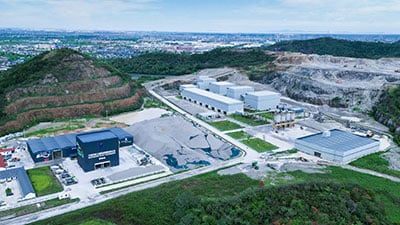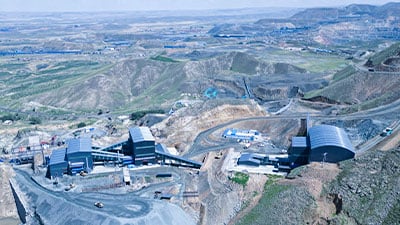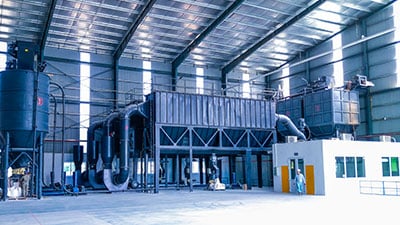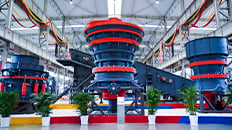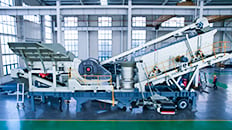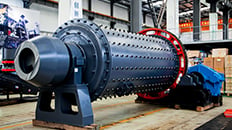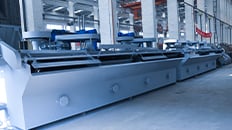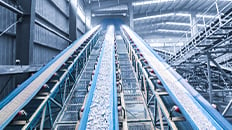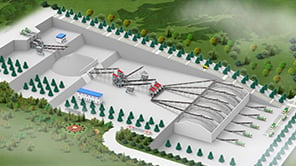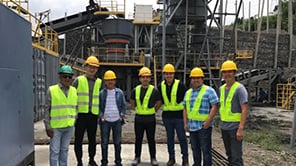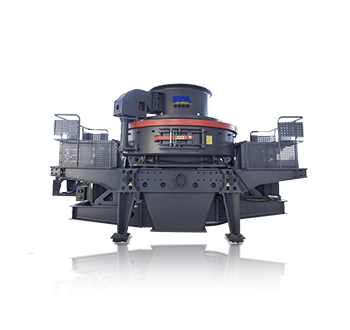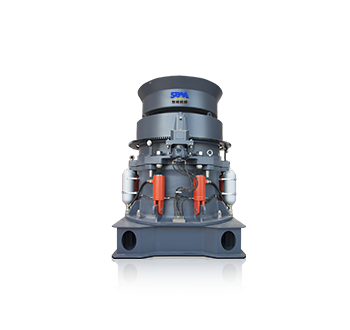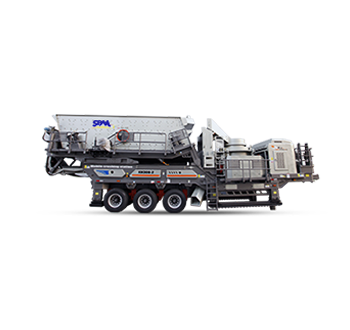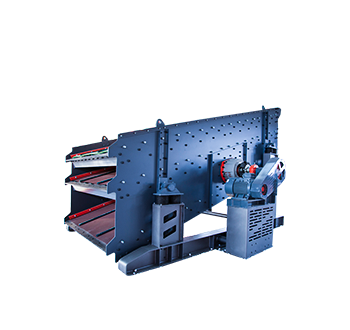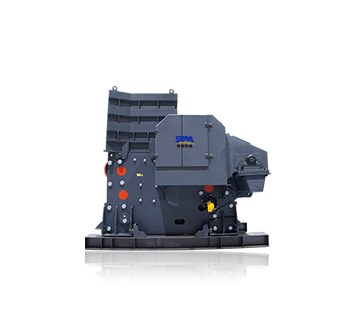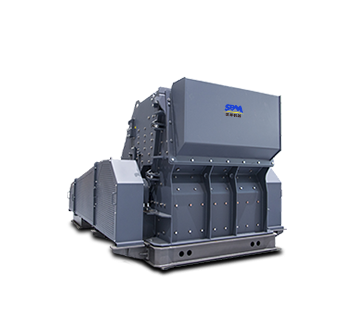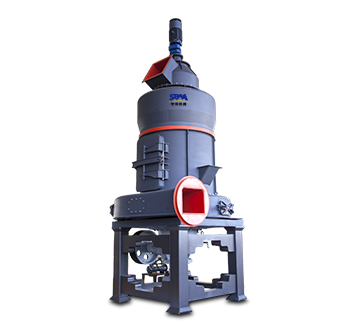Summary:The wear liners are critical components at the heart of a jaw crusher's operation, needing timely monitoring and replacement to ensure the crusher's continued efficient and cost-effective performance.
Jaw crusher is one of the most widely used types of primary crushers in the mining, quarrying, and construction industries. These robust machines are renowned for their ability to handle large, hard, and abrasive materials, reducing them to smaller, more manageable sizes.
At the heart of a jaw crusher's operation are the wear liners, critical components that protect the crushing chamber from the intense forces and wear associated with the crushing process, which need to be monitored and replaced in a timely manner to ensure the efficient and cost-effective operation of your jaw crusher.
Types of Jaw Crusher Wear Liners
Jaw crusher primarily have two types of replaceable wear parts - fixed and movable jaw liners.
Fixed jaw liners (also called concave liners) line the outer wall of the crushing chamber forming the stationary breaking surface. They are thick, smooth and curved to match the throw motion of the swing jaw.
Movable jaw liners (also called jaw dies) are thinner and endure greater impact forces as they move in and out of the crushing cavity. Jaw dies usually come as a removable plate welded to the bottom of the swing jaw.
Some manufactures offer alloyed steel liners for enhanced oxidation resistance in slag or ferrous applications. Compound profiled liners can increase nip angles for improved comminution.

Factors Affecting Jaw Crusher Wear
The wear rate of jaw crusher wear liners is influenced by a variety of factors, including the feed material characteristics, crusher operating conditions, and maintenance practices. Understanding these factors is crucial for optimizing wear life and minimizing operating costs.
1. Feed Material Characteristics
- Hardness, abrasiveness, and size distribution of the feed material play a significant role in the wear rate of jaw crusher liners.
- Harder, more abrasive, and larger feed sizes will generally lead to faster wear on the jaw plates and side liners.
- Moisture content can also impact wear, as increased moisture can make the material more abrasive.
2. Crusher Operating Conditions
- Crusher setting adjustments, such as closed-side settings and stroke length, can affect the wear rate of the liners.
- Smaller closed-side settings and higher crushing speeds typically result in more rapid wear on the jaw plates and side liners.
- Improper feed distribution, overfeeding, or uneven material flow can also contribute to uneven wear patterns within the crushing chamber.
3. Maintenance Practices
- Regular inspections, proper lubrication, and timely replacement of wear liners are crucial for maintaining optimal crusher performance and minimizing operating costs.
- Neglecting to replace worn liners in a timely manner can lead to structural damage to the crusher's base frame and housing, resulting in costly repairs and downtime.
- Effective material pre-screening or scalping, to remove fines and oversized material, can also help extend the wear life of the jaw plates and side liners.
4. Crusher Design and Configuration
- The overall design and configuration of the jaw crusher, including the materials and construction of the wear liners, can significantly impact their durability and wear life.
- Innovative liner designs, such as reversible or modular jaw plates, can help extend the usable life of these critical components.
- The selection of the appropriate liner materials, based on the specific application requirements, is also essential for optimizing wear life and cost-effectiveness.
Maximizing Jaw Crusher Wear Liner Performance
Effective monitoring and maintenance of jaw crusher wear liners are crucial for maximizing their service life, minimizing downtime, and reducing overall operating costs.
1. Regular Inspections
- Closely monitor the wear condition of the jaw plates and side liners through regular visual inspections and measurements.
- Establish a routine inspection schedule, such as daily or weekly checks, to identify wear patterns and determine the appropriate replacement intervals.
- Use wear indicators, if available, to help gauge the remaining useful life of the liners and plan for timely replacements.
2. Wear Measurement and Tracking
- Measure the thickness of the jaw plates and side liners at key locations to assess the wear rate and determine when replacement is necessary.
- Compare the measured wear to the manufacturer's recommended minimum thickness to ensure the liners are replaced before causing damage to the crusher's base frame and housing.
- Maintain detailed records of wear measurements and liner replacements to help optimize future maintenance planning and budgeting.
3. Proactive Maintenance
- Follow the manufacturer's recommended maintenance schedule for jaw plate and side liner replacement, taking into account the specific operating conditions and feed material characteristics of your application.
- Ensure proper lubrication of the crusher's moving parts, as per the manufacturer's guidelines, to minimize unnecessary wear and maintain optimal performance.
- Implement effective material pre-screening or scalping techniques to remove fines and oversized material before it enters the crushing chamber, helping to extend the wear life of the liners.
4. Liner Replacement and Handling
- When replacing worn jaw plates and side liners, follow the manufacturer's instructions carefully to ensure proper installation and alignment.
- Handle the liners with care to avoid damage during removal, transportation, and installation, as even minor damage can lead to premature wear.
- Consider upgrading to higher-quality, more wear-resistant liner materials when replacement is needed, if the application and budget allow, to further optimize the crusher's performance and cost-effectiveness.
By following these best practices and leveraging the latest innovations in jaw crusher wear liner design and management, you can maximize the service life of these critical components, reduce operating costs, and improve the overall efficiency and profitability of your crushing operations.

